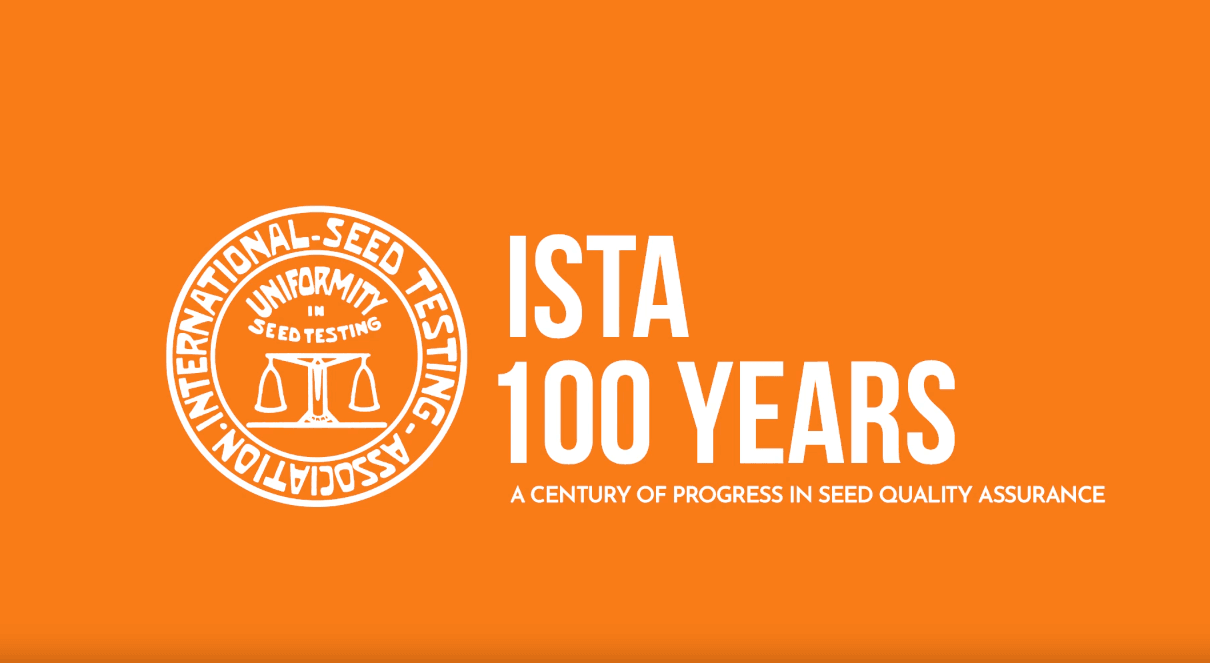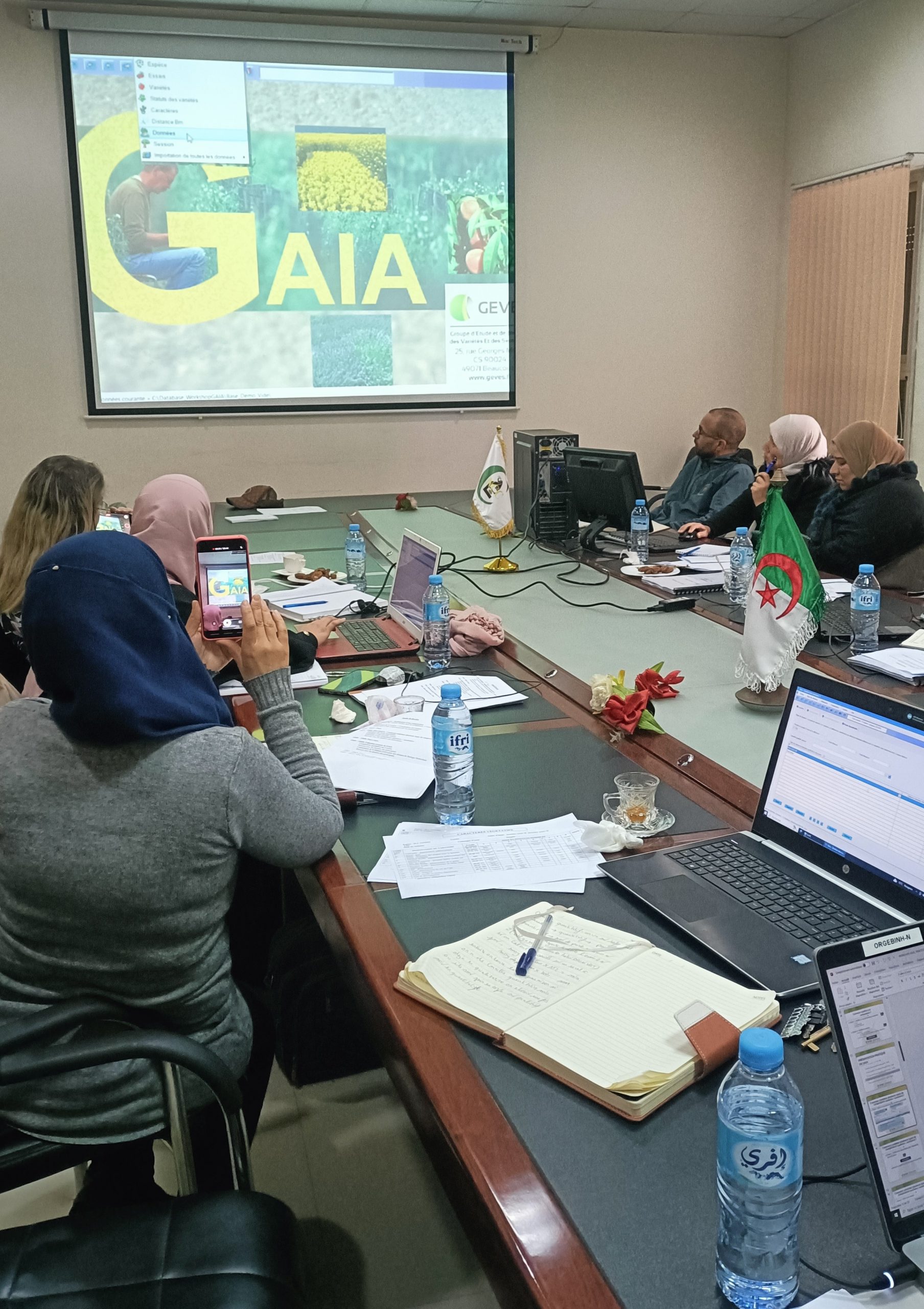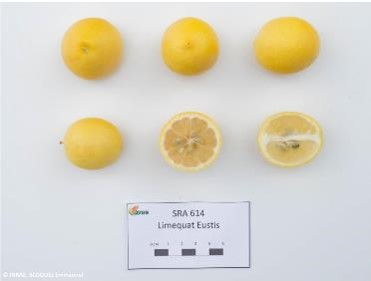
Can seed be a pathway for pests? – An update of the ISTA annotated list of seed-borne diseases
Safeguarding seed health is critical in avoiding the trade-related spread of pests. A seed-borne pest is one carried by seeds externally or internally that may or may not be transmitted to plants growing from the seeds, causing disease. A seed-transmitted pest is a seed-borne pest that is transmitted via seeds directly to plants growing from these seeds, causing disease
Phytosanitary requirements for the import of seed lots, as defined by national plant protection organisations, have mostly been supported by the book An Annotated List of Seed-borne Diseases (first release in 1958 ; last updated in 1990) that is now outdated.
A few years ago, a large literature survey was undertaken in frame of an European project to identify references on seed-associated pests. All the data, covering 375 host plant genera, were uploaded on the ISTA (International Seed Testing Association) database waiting for validation by international expert scientists. To avoid redundancy, references related to vegetables species were transferred to the International Seed Federation (ISF). At ISTA, the Seed Health Committee (SHC) is focusing on non-vegetables species.
The “pest list” project, initiated in 2018, is coordinated by GEVES. It involves the analysis of the existing references and the conduct of a survey of a scientific committee to provide an updated list of pests. It is led by Nicolas Denancé, and supervised by Valérie Grimault, head of the laboratory of phytopathology of SNES and chair of the SHC at ISTA. The project deals with 11 crops: alfalfa, barley, cotton, oat, rapeseed, rice, sorghum, soybean, sunflower, triticale, and wheat. Altogether, more than 2,500 references dealing with 259 seed pests, seed treatment or more general topics have been scrutinized. A short list of almost 300 references was selected for further investigation, as they reported on seed-borne pathogens. These are being sent to an international board of experts from academic labs and private companies to verify their scientific relevance. Several questions are asked for each article:
- Is the crop a host for this pest?
- Is the pest a pathogen or saprophyte?
- Does the article confirm that the pest is seed-borne for the crop in question?
- Was there a seed transmission test done? If so, what kind of test and what were the conditions (lab/field) used?
- Based on the transmission test, can it be concluded that the pest is seed-transmitted?
Once collected and analysed, this data will contribute to define the list of pests using seed as a pathway on a given host. The information will be released on the ISTA database and be freely accessible to the seed worker community by late 2018. Any reader with background on these crops and/or associated seed pests, and who interested to review some references is invited to contact us.

Fusarium graminearum, a well-known fungal pathogen of wheat using seed as a pathway. F. graminearum induces symptom of head blight on wheat in the field (a). F. graminearum is seed-borne: infected seeds exhibit pink coloration (b), the fungus is isolated from infected seeds on malt-agar (c) allowing further observation of ascospores of the fungus colored using toluidine blue (d). F. graminearum is seed-transmitted: wheat plantlets issued from infected seeds exhibit typical symptoms (e). Credit: @GEVES.





